The workshop gathered researchers, experts in history, culture, and archaeology from institutes, universities, historical science associations of localities, planning and architecture circles with many enthusiastic and in-depth opinions and discussions. The opinions not only have scientific significance but also practical value, suggesting the future stature of Vung Tau city - high quality and international standards - in relation to the entire Ho Chi Minh City region.
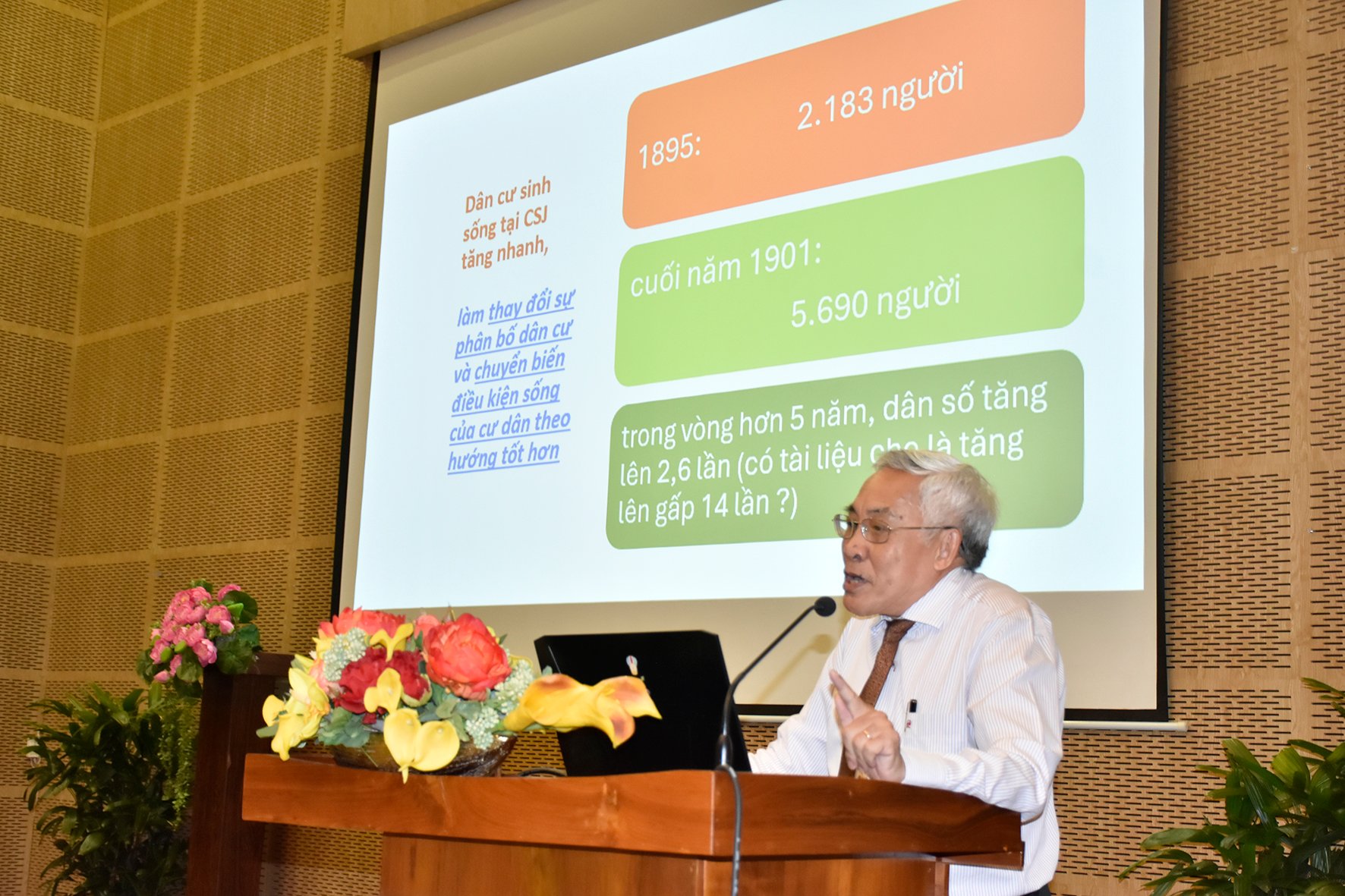 |
| Dr. Le Huu Phuoc, University of Social Sciences and Humanities, Ho Chi Minh City presented a paper on the administrative boundaries of Vung Tau. |
Vung Tau - Special coastal city
Vung Tau is an important gateway to the sea of the entire Southeast region. Historical documents of the Nguyen Dynasty and many published research works unanimously affirm that Vung Tau was the first stop for Vietnamese groups on the way to reclaim the land of the South. Archaeological relics and the system of place names recorded in Western sources have demonstrated the long-standing and continuous role of Vung Tau in the Southeast Asian maritime space.
From the 15th century, the presence of Vietnamese residents became increasingly evident. The establishment of administrative and military power through Tran Bien Palace and the Thang Nhat, Thang Nhi, and Thang Tam boats affirmed Vung Tau as a coastal garrison, as well as a transit point for information, forces, and goods between the mainland and the sea.
In the 16th century, European maritime powers knew about Vung Tau. Since 1775, the French called Vung Tau Cap Saint Jacques. On May 1, 1895, the Governor of Cochinchina issued a decree establishing the autonomous city of Cap Saint Jacques with the aim of building it into a leading resort and tourist center in Indochina, combining strategic seaport and military functions.
After the Liberation of the South and the reunification of the country, Vung Tau took on the responsibility of developing the national strategic target industry, becoming the capital of the oil and gas industry. Tourism, based on exploiting the potential that had been established since the French colonial period, continued to be strongly invested in and developed, becoming the second most important economic pillar after oil and gas.
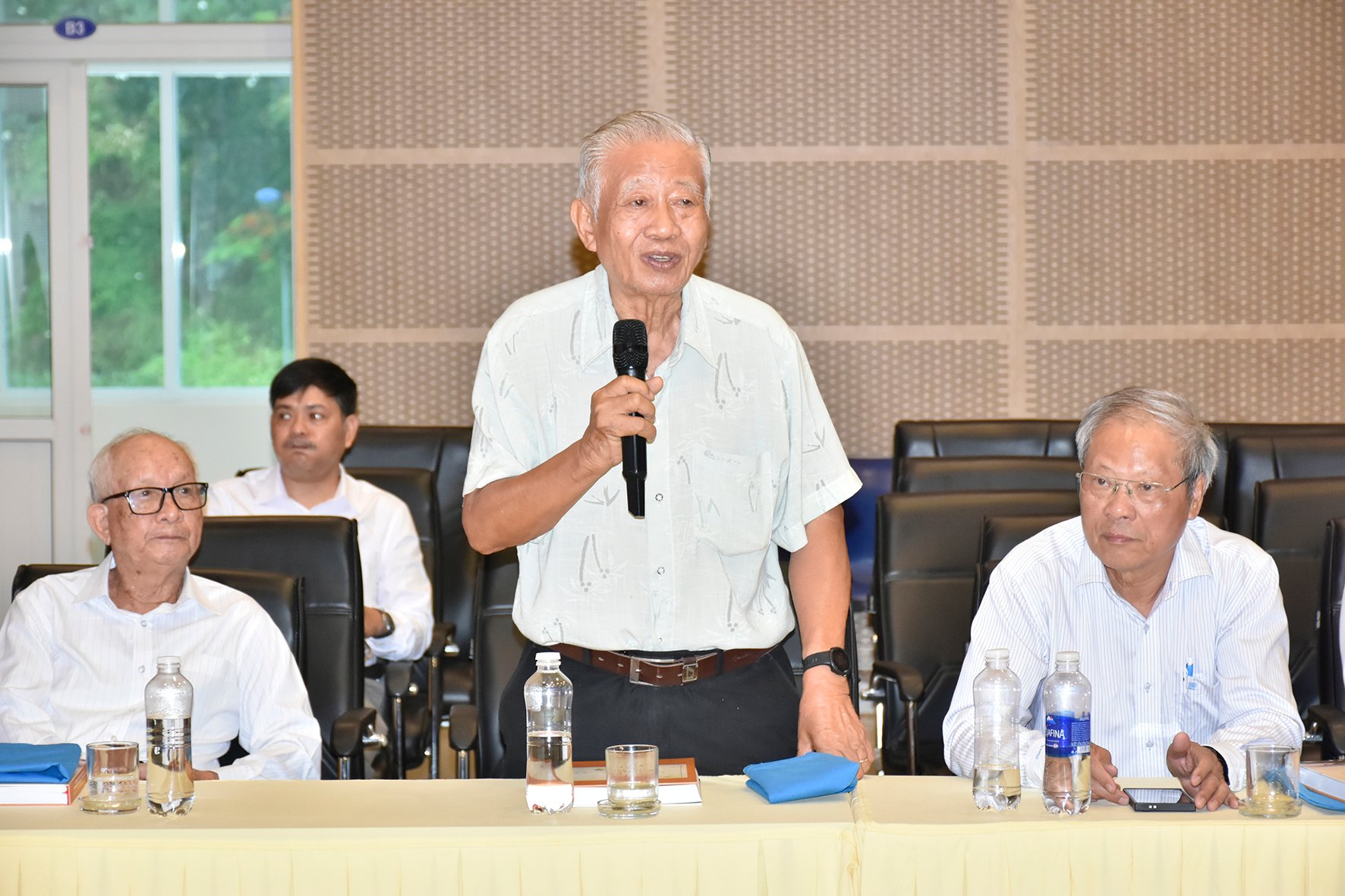 |
| Former Provincial Party Secretary Tran Van Khanh noted the development of Vung Tau as a marine economic center and high-quality resort tourism center of the Southeast region. |
According to Dr. Dinh Van Hanh, Southern Institute of Culture, Arts, Sports and Tourism, among coastal cities in Vietnam, Vung Tau stands out not only because of its special location but also because of its historical depth and multi-layered community memory. From an ancient fishing village with beautiful landscapes and typical folk beliefs to an oil and gas exploitation center bearing the mark of modern industrialization. The presence of residential groups with different memory systems makes Vung Tau a multi-layered space, interacting, complementing and restructuring each other in the process of forming, preserving and developing Vung Tau urban area. Historical and cultural memory is the material that forms the identity of Vung Tau urban area, creating the difference between Vung Tau and other coastal cities.
Dr. Dinh Van Hanh suggested that in the process of becoming a smart tourist city, responsibly preserving and recreating memories through cultural products and programs, marking a development journey with "very Vung Tau" characteristics, both preserving the unique identity of the coastal city and creating a competitive difference in the journey of building Vung Tau into a high-quality tourist center.
According to Master of Architecture Nguyen Duc Lap, Chairman of the Association of Architects of Ba Ria-Vung Tau Province, Vung Tau still has many architectural works, mansions, villas, religious buildings, and offices built during the French period. Promoting the value of these works with the perspective of importing human values in architecture is also a solution to increase high-quality tourism products.
Citing some typical domestic and international examples of preserving and promoting the value of ancient architecture in tourism in China, Japan, Hanoi, Hoi An, Hue, Master. Architect. Nguyen Duc Lap proposed that it is necessary to make a list of valuable architectural works, approve architectural management regulations according to the Law on Architecture; delimit areas that need to be preserved, and have regulations on managing areas that need to be preserved and surrounding areas. At the same time, it is necessary to have policies to encourage and guide relevant people in preserving and promoting the value of ancient architectural works to reach consensus in protecting, preserving, and inheriting valuable architectural works, increasing tourism products through exploiting the ancient soul of the city.
Vung Tau must develop a cohesive coastline including Can Gio.
Vung Tau has a temperate and warm climate all year round, surrounded by sea, rivers and mangrove forests. The gentle, white sand beach stretches from Front Beach and Back Beach. The two mountains of Tao Phung and Tuong Ky, 200-300m high, create a unique terrain for the development of eco-tourism types that exploit the potential advantages of mountains-sea-rivers-mangrove forests. In addition, the rich historical-cultural relic system demonstrates the depth of formation, the diversity and convergence of regions in the country, and international investment cooperation, helping Vung Tau to fully converge its strengths for tourism development.
Dr. Phung Duc Vinh, former Principal of Vung Tau College of Tourism, recommended that Vung Tau should focus on developing MICE tourism, having resorts and conference centers capable of organizing international events. In addition, it is necessary to plan to maintain a continuous coastline, while having a strategy to train and attract human resources to meet the requirements of a high-quality, international-class tourism city.
Former Provincial Party Secretary Tran Van Khanh said that Vung Tau must develop as a national gateway marine economic center and the Southeast region. Vung Tau's development must be closely linked to sea tourism along the entire Binh Chau-Ho Tram-Long Hai route, creating convenient coastal cities and an ideal living environment for tourism and residents. Especially in the very near future when Vung Tau becomes a part of the super city of Ho Chi Minh City.
Vung Tau and Can Gio must connect on the basis of existing foundations and attract more strong investment to become the resort tourism center of the whole region.
Article and photos: DANG KHOA
Source: https://baobariavungtau.com.vn/du-lich/202506/tu-cap-saint-jacques-den-vung-tau-trung-tam-du-lich-chat-luong-cao-1045836/


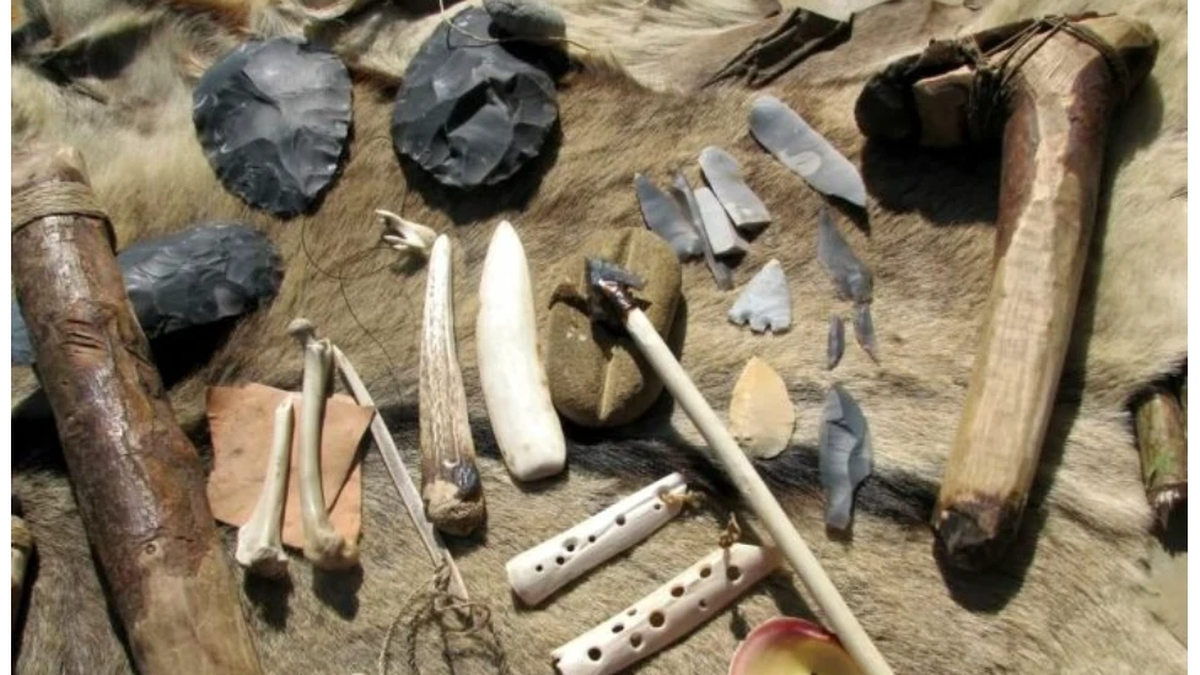

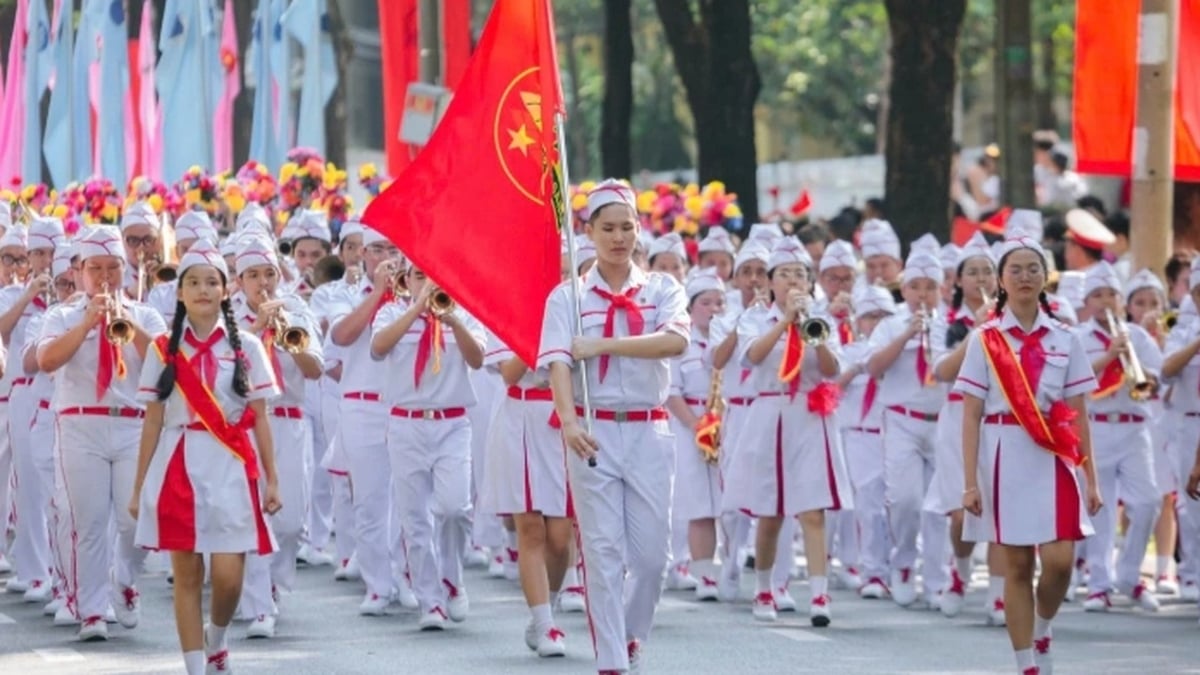
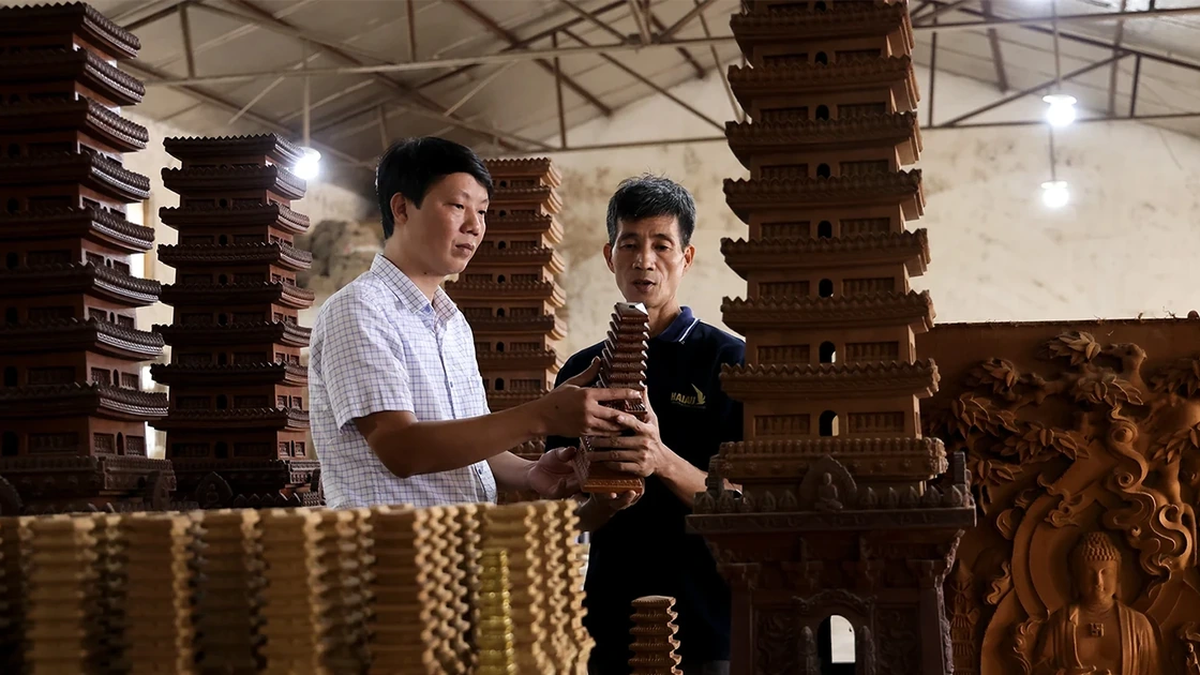


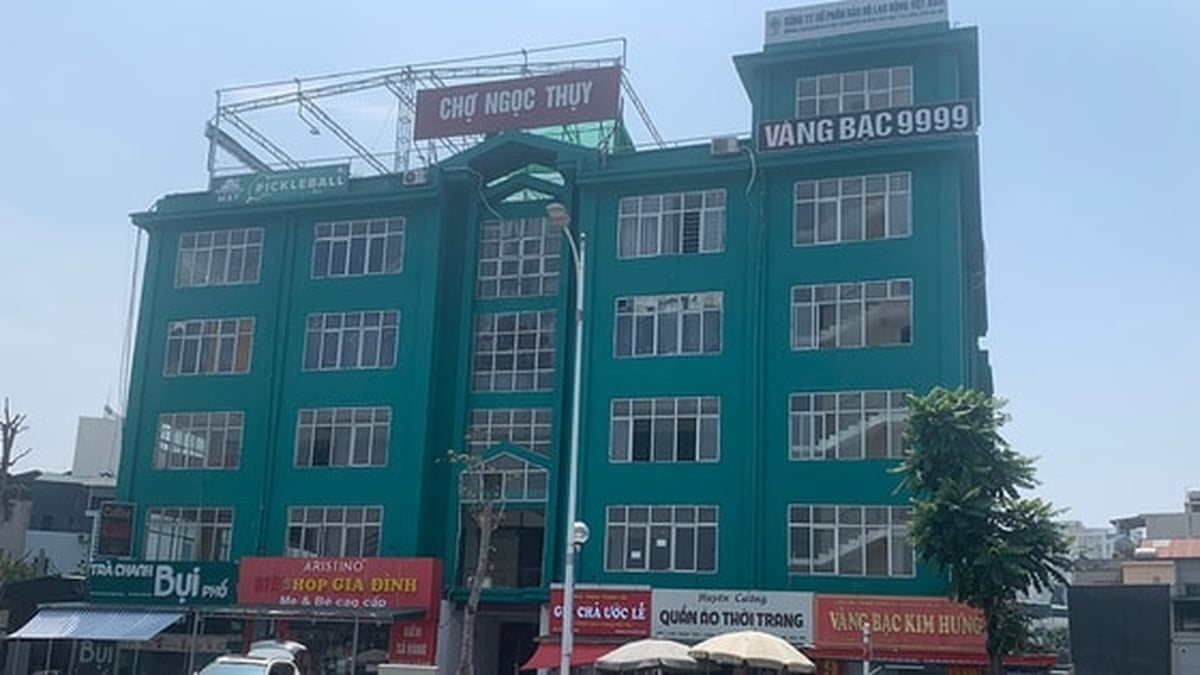

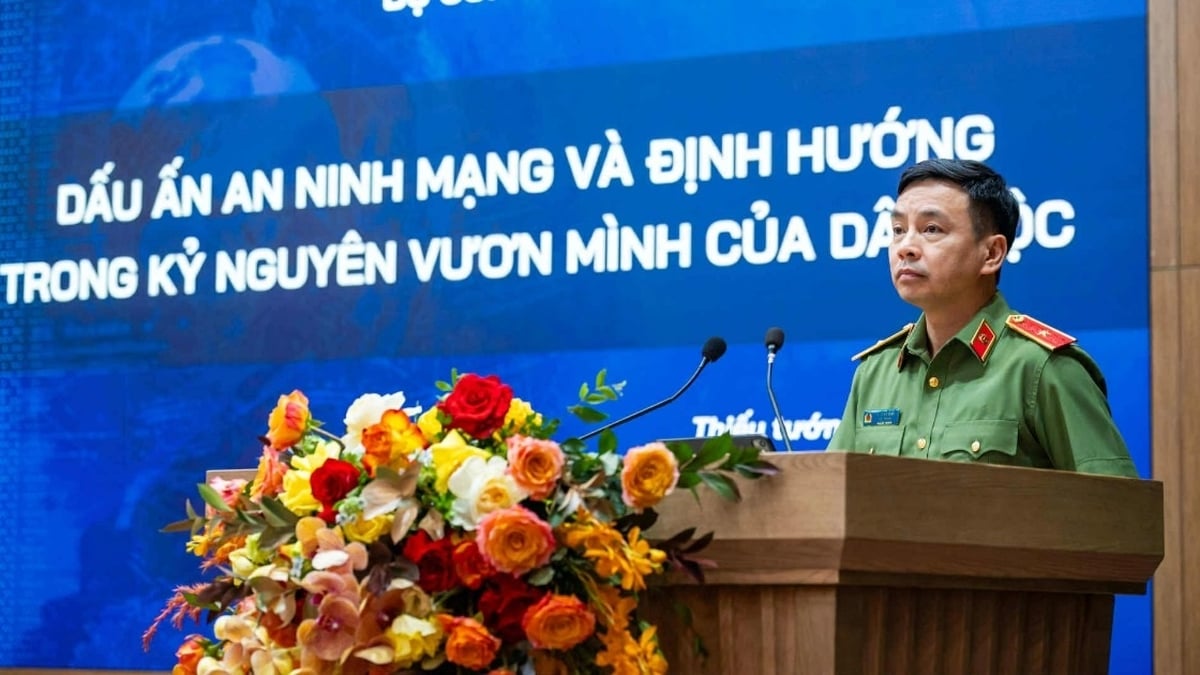














![[Photo] Nghe An: Provincial Road 543D seriously eroded due to floods](https://vphoto.vietnam.vn/thumb/1200x675/vietnam/resource/IMAGE/2025/8/5/5759d3837c26428799f6d929fa274493)






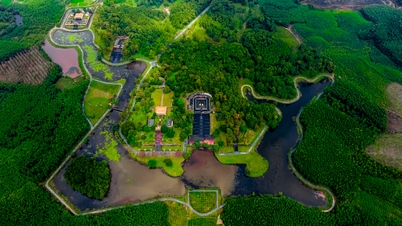



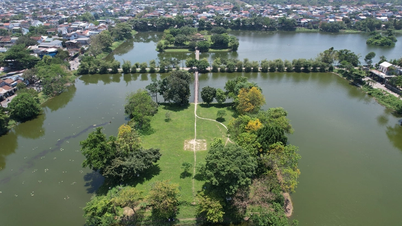
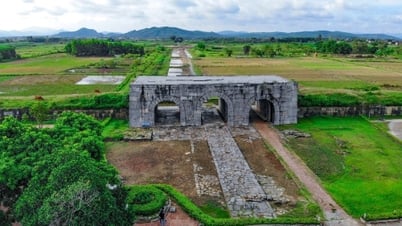

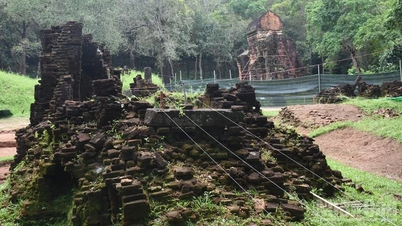










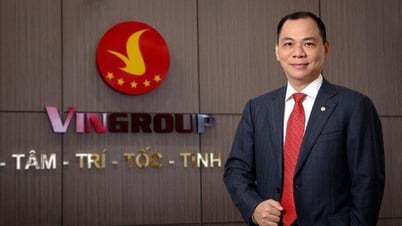



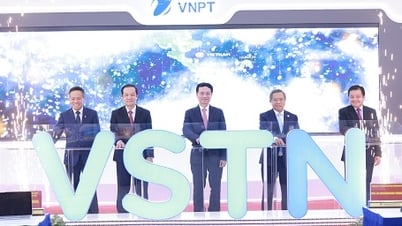

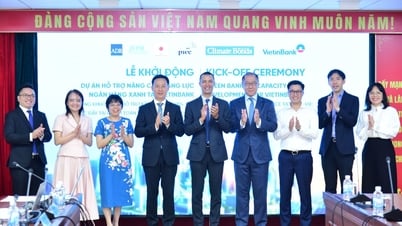
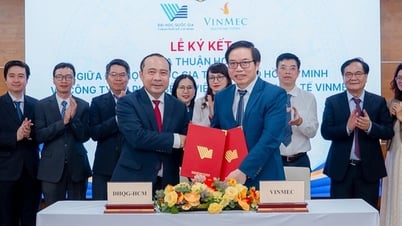

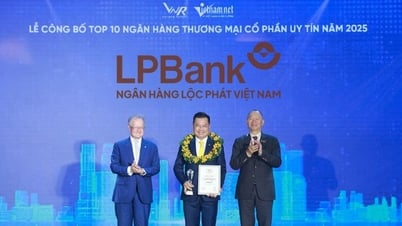
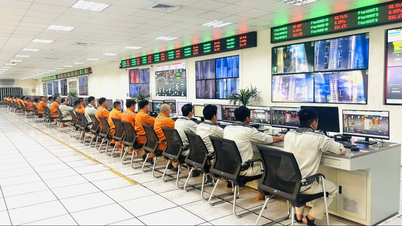


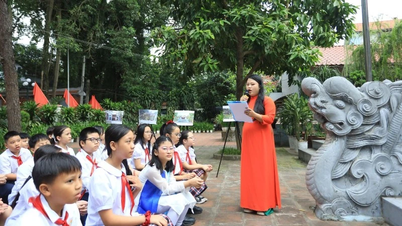



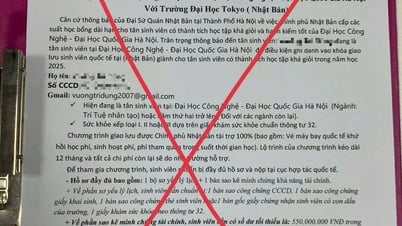
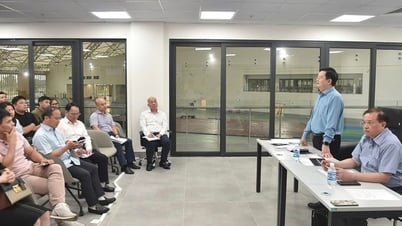

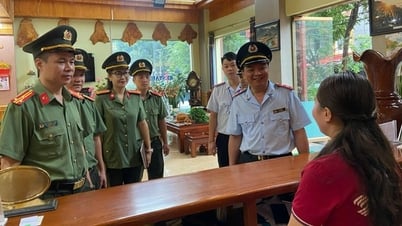

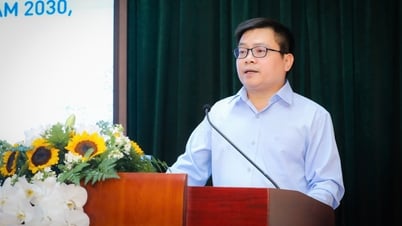























Comment (0)